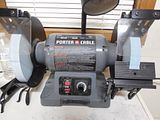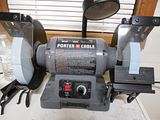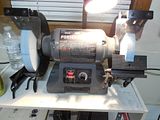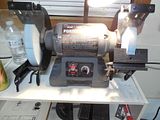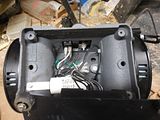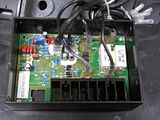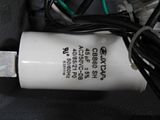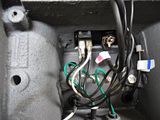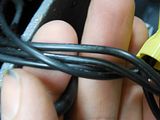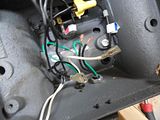I've got one of those cheap Made in China bench grinders. Fairly happy with it but the light only works when the grinder is running. Not a big deal but it has it's own switch. Is there a safe way to rewire it so it will turn on/off without running the motor on the grinder? Would think it's be simple to bypass the main switch. But don't wanna disable the grinder or worse.
You'd also think this would be something, someone has already done but google has been getting less helpful these days.
Thanks.




 Reply With Quote
Reply With Quote


